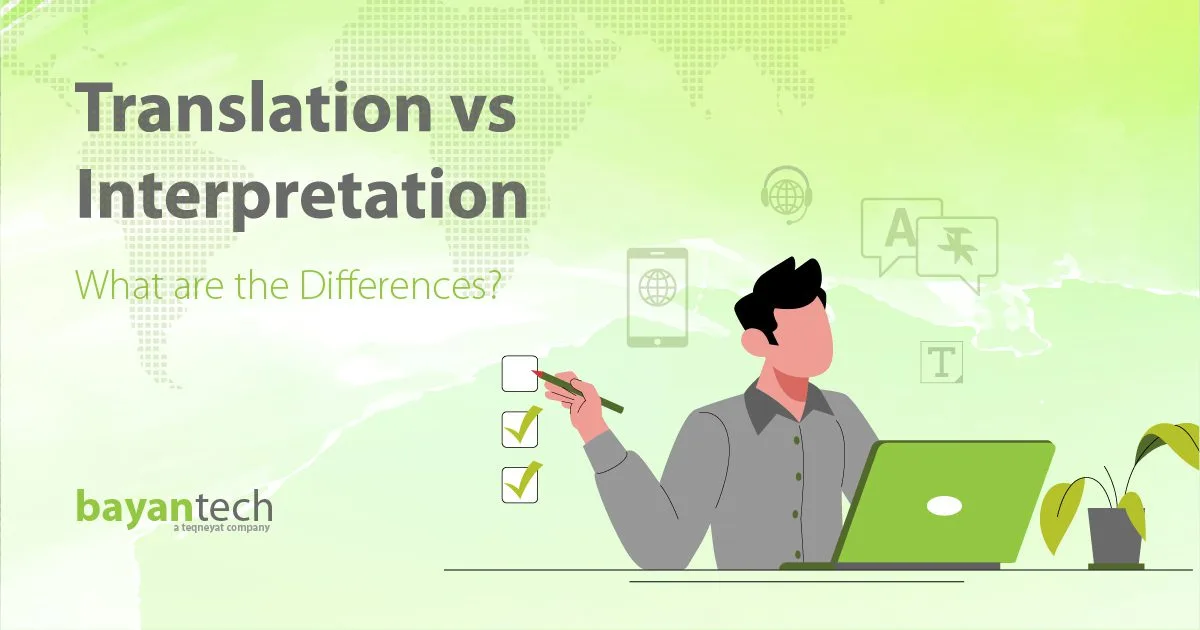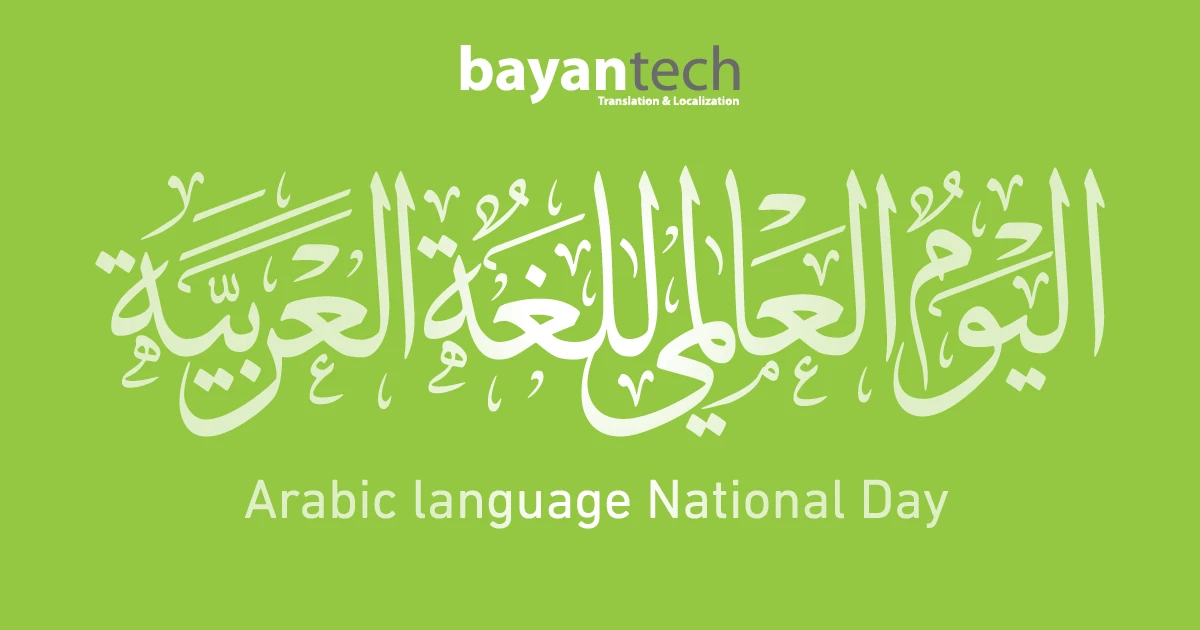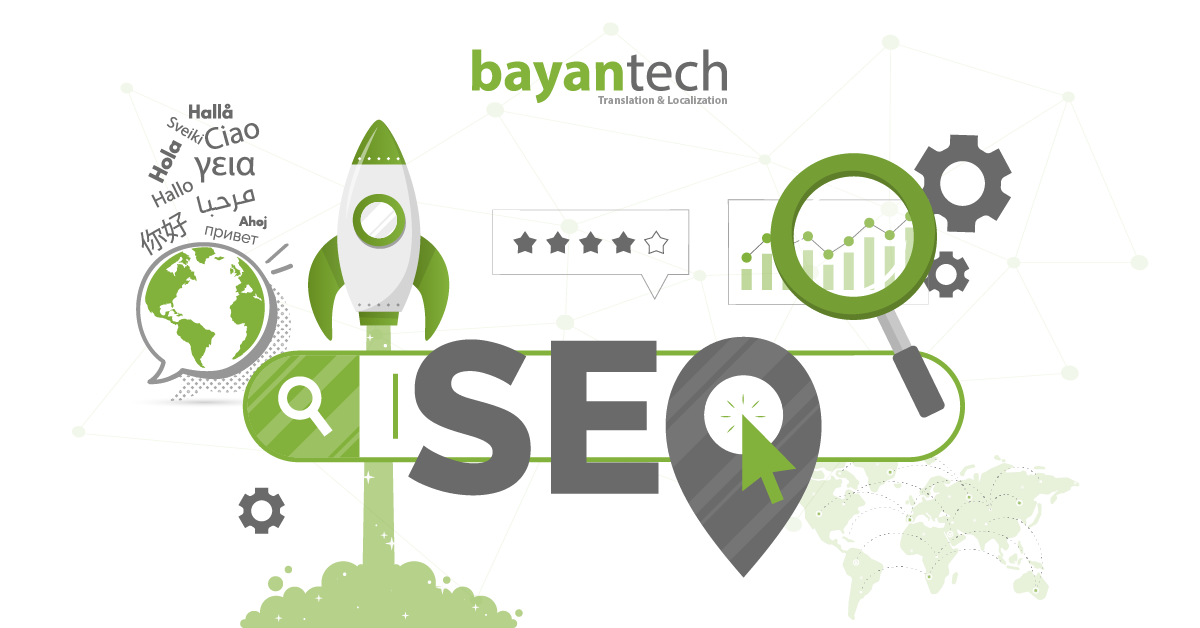When it comes to language services, the terms translation and interpretation are often used interchangeably. However, the two are completely different specializations.
Whether you’re a business looking to expand globally or an organization hosting international events, understanding when translation vs interpretation are used is crucial.
In this quick guide, we’ll walk you through all the ways translation and interpretation differ. You’ll also learn about the different services they involve so you can choose the perfect service for your needs.
So, let’s jump into it!
A Closer Look at Translation vs Interpretation
To understand how translation and interpretation differ, let’s take a look at their meanings and what they involve.
- Translation
Translation refers to converting written text from one language (the source language) into another language (the target language) while preserving its meaning, intent, and style.
What is the role of a translator?
Professional translators accurately transfer written content from one language to another while adapting it to the cultural context of the target audience.
This means they must consider idiomatic expressions, cultural references, and other nuances that might not have a direct equivalent in the target language.
Additionally, translators typically specialize in a particular subject matter to master its terminology and gain expert knowledge.
Types of Translation:
- Literary Translation: Works with literary texts like novels, poems, and plays and demands a deep understanding of subtle nuances and creativity.
- Technical Translation: Deals with specialized texts in fields like manufacturing, life sciences, or IT, and requires proficiency in technical terminology and industry-specific expertise.
- Interpretation
Interpretation is the process of conveying spoken language between people who speak different languages.
What is the role of an interpreter?
Professional interpreters need to accurately understand the speech in the source language and convey it as precisely as possible in the target language.
Interpreters are good at processing information quickly and accurately and making on-the-spot decisions without relying on external materials such as dictionaries. They should also be equipped to work in different types of environments.
Types of Interpretation:
- Simultaneous: The interpreter listens to the speaker and simultaneously renders the message in the target language. Simultaneous interpreting is often used in conferences and international meetings.
- Consecutive: The interpreter listens to a complete segment of speech and then delivers the interpretation after the speaker pauses. Consecutive interpreting involves time delay and is suitable for smaller meetings, business negotiations, interviews, and medical consultations.
- Whispered: The interpreter whispers the interpretation directly to a small audience while the speaker continues.
5 Main Differences between Interpretation and Translation
Here are the five key differences between translation and interpretation.
1. Format
Translation is about conveying written words while interpretation deals with spoken words.
2. Speed
Interpretation is delivered in real time with little to no time gap. Interpreters listen to the speaker while processing and delivering the message in the target language almost instantly.
Meanwhile, translations take more time to be delivered. The complexity of the text, necessary research, and review cycles all contribute to the overall turnaround time
3. Accuracy
Translation requires a high level of linguistic and technical accuracy as well as cultural resonance. Translators have time to do their research and refine the output to correctly convey the style and tone of the original text.
While accuracy is still crucial, interpretation gives some room for flexibility. Since interpreters prioritize conveying the core message with clarity and without referring to any resources, they might paraphrase or summarize.
4. Fluency Needs
Translation requires excellent written fluency in the target language. Typically, translators specialize in converting text into their native language, as this allows for the highest level of nuance.
On the other hand, interpreters have native-like, oral fluency in both the source and target languages. They must be able to smoothly switch between two languages in real time so they can understand the source language and immediately interpret in the target language.
5. Skills
Interpreters must have strong listening, memory, and quick-thinking skills so they can capture verbal and non-verbal cues accurately. Moreover, they need to easily adapt to different speaking styles and accents.
Translators, on the other hand, focus on their writing and editing skills. Skilled translators should have immaculate research skills and cultural awareness to make text resonate with target audiences deeply while maintaining the original tone.

Types of Translation and Interpretation Services
Under the umbrella of professional translation and interpretation services, there are a wide range of solutions. Keep reading to understand the various types of language services available and make the right choice that fits your needs.
Translation Services
- Document Translation: Deals with a variety of written materials, such as business contracts, legal documents, marketing materials, financial statements, user manuals, etc.
- Software Localization: Involves adapting software, including user interfaces, help files, and documentation, to suit the language and cultural preferences of specific markets. Localization ensures that the software feels native to the target audience.
- Website Localization: Adapts web content, designs, and the entire user experience to make websites accessible for audiences who speak different languages and come from diverse cultures. Similar to software localization, it focuses on usability and cultural relevance.
Interpretation Services
In addition to the different types of interpretation (simultaneous, consecutive, whispered), which we’ve already discussed, interpretation services also offer various modes tailored to different situations.
- In-person Interpretation: Interpreters are physically present at the event or meeting, providing the service face-to-face. In-person interpretation is ideal for situations where direct interaction and visual cues are important.
- Over-the-phone Interpretation (OPI): This type is particularly useful for short conversations, customer support, or emergencies where immediate language assistance is critical. OPI offers a convenient solution, as it can be accessed from anywhere via the phone.
- Video Remote Interpretation (VRI): Interpreters work through a video conferencing platform, enabling real-time visual and audio communication. VRI offers the benefits of face-to-face interpretation while eliminating the need for the interpreter to be physically present.
bayantech: Your Partner for All Your Language Needs
Looking for professional language services for your business? We provide translation services and interpretation services in more than 120 languages. With two decades of experience, bayantech has helped many global brands reach their multilingual audiences abroad.
Our language services are ISO-9001 and ISO-17100 certified which means we adhere to international standards of quality management. At bayantech, we match you with a handpicked team of native-speaking language professionals with reliable experience in your subject matter.







